| This is a little package
I put together to work some of the easier satellites. In particular UO-14,
and AO-27.
Here you see a 3
element 2 meter yagi antenna. But wait look at the shadow behind the
antenna. There are clearly more elements in the shadow then there are
showing on the antenna. No this is not magic. The seven missing elements
are being looked at head on. The is a dual band cross yagi. This design
comes from Arrow
Antennas. This particular model was designed for the two earlier
mentioned satellites. Lets take a closer look and see what kind of radios
are hooked up to it. |
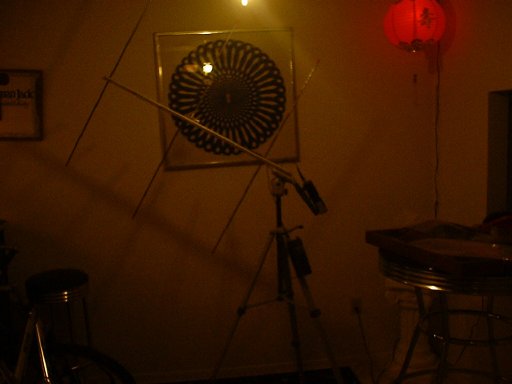 |
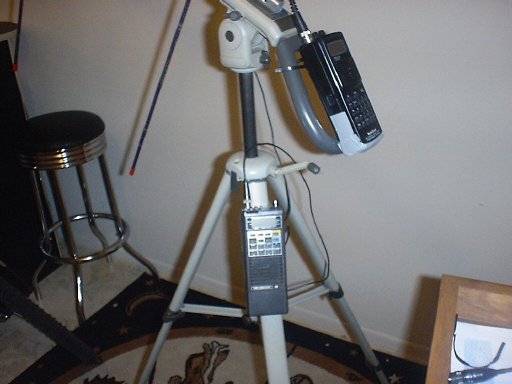 |
Upon closer inspection, we
see that the antenna is mounted to a standard camera tripod. This makes
the antenna much easier to handle then using your hand. The top radio is a
Radio Shack Pro-70 Scanner. This is hooked up to the 7-element UHF section
of the Arrow. The bottom radio is a Kenwood TR-2600A 2 meter HT. This puts
out a little over 1.8 Watts. It doesn't seem like much. But its rumored
that AO-27 has a very sensitive
uplink. |
| The tripod folds up
nicely. The radios are mounted to the tripod by separate methods. The
scanner hangs on its belt hook from a tie wrap on the tripod, and the
other radio is just velcroed to the tripod's leg. This makes it easy to
snatch the uplink radio, when you hear activity on the downlink. |
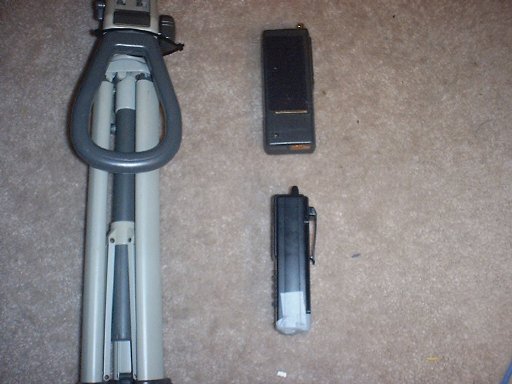 |
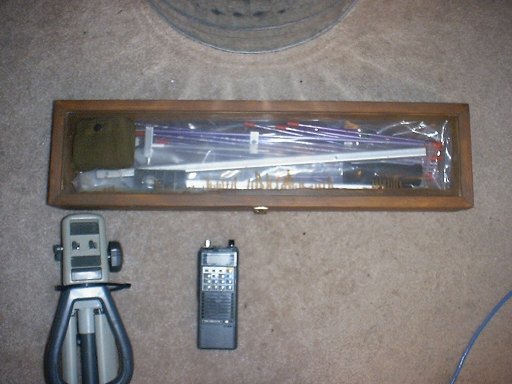 |
The antenna breaks down
and fits very nicely into this old display box my roommate gave me. There
is even enough room for a compass to ride along in the upper left corner.
It might seem kind of goofy to place all these
parts in a box with a glass face. And I took a moment to think about that.
I came to the conclusion that if I spent 100 dollars on an antenna, I want
to put it in a place where the elements won't bend. Further more, if the
glass were to break it would be a sign that I am not storing or
transporting my expensive antenna in a fashion that is worthy of it. Ergo
In case of neglect break glass. |
| Altogether I feel that
this kit breaks down into a minimum of parts and is easily transportable.
It takes only minutes to setup. You don't have to juggle components when
your working a sat, and the antenna can be pointed in virtually any
direction. That's all great, but the proof is in the pudding. So how does
this setup perform???
|
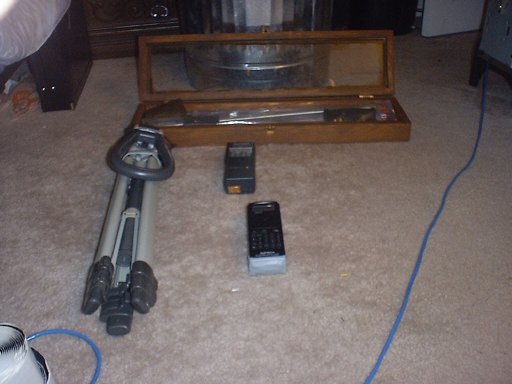 |
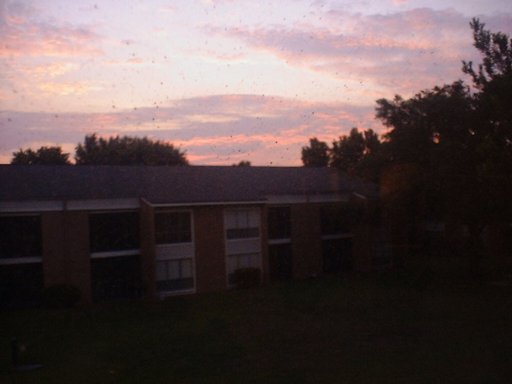 |
As the sun sets nicely
through my dirt ridden windows. I reflect on the experience I had the
night before when I tested this set up in a field located in Geneva,
Fl.
It was 10:30PM. Soon UO-14 will be passing over
to the West. At 5 before 11, the downlink was heard. Solid copy. The
scanner I was using was 5Khz off and the copy was still solid. The UHF
portion of this Yagi worked excellent. However, despite repeated attempts
to trigger the uplink, at 1.8 Watts with a 3 element 2 meter yagi, UO-14
just couldn't hear me. I'll have to try for AO-27 instead.
A bit anti-climatic you might say? Maybe. But I
have never set up a yagi before, I have never heard UO-14 with such
clarity before, and I have yet to feel that the experience was for the
loss. In fact each time I turn on my radio, I learn something new, and that's
what its really all about for me.
Return to main page
|





